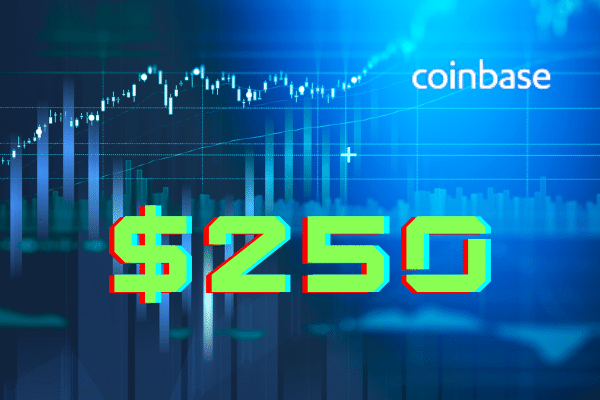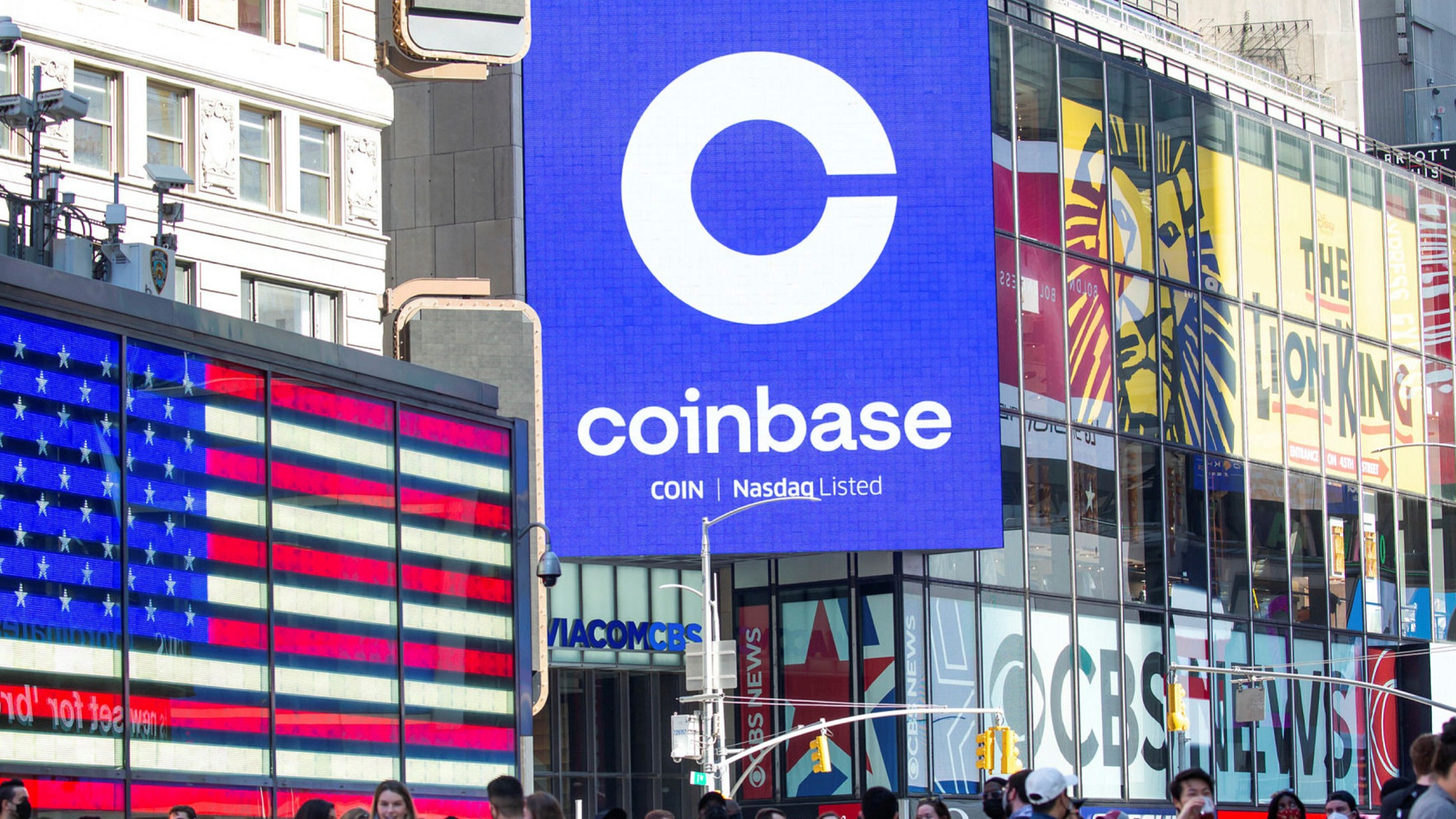

Since each CEX is different, I may reach out to 2-5 different platforms knowing that I may not meet the requirements for all of them. In this case, I would submit all of my $SHAMUS documentation to the CEX team and wait to hear back from them (if I meet all of their requirements). Requirements for most CEX’s include documentation like: a whitepaper, technical docs, market supply of the token, market demand, network you intend to launch on, and so on. Most CEX’s have an asset listing page where they allow new protocols to submit an application to be listed on their exchange (for instance, here is Coinbase’s Asset Hub page). In order to do so, I’m going to have to reach out to a CEX to inquire about getting listed on their exchange. I want to allow the community I’ve built online to purchase $SHAMUS coins and the easiest way to do this is to get listed on a major CEX. Let’s say I decide to launch my own cryptocurrency called Shamus Coin ($SHAMUS), which is a leprechaun protocol used to help facilitate pot of gold mining on the Ethereum Network (ERC-20 Network). Now that you understand the motivations for CEX’s to drive a volume of trades, it’s important to understand how they go about adding new coins to their platform to drive this growth. Screenshot taken on 12/1/21 How CEX’s add new coins: Each CEX has to meet an internal threshold to make sure they have the liquidity needed in each pair to fulfill the order. Binance, for example, supports over 185 tokens on their platform, while Coinbase offers over 100. Each CEX offers different assets you can purchase depending on a variety of factors.

If there is not a BTC seller, the exchange has to come up with the liquidity, in this case, $500 worth of BTC, to swap and execute this trade. In most cases, the CEX will match me, the buyer, with a seller, to facilitate this transaction (USD -> BTC), so both parties fulfil their order. In order to do this, the CEX needs sufficient liquidity for this pair (USD/BTC) to fulfill this spot order.

The CEX acts as an intermediary, matching buyers with sellers, while maintaining an order book.įor example, let’s say I want to swap $500 of USD into BTC. You can swap fiat (USD) for cryptocurrencies like Bitcoin (BTC) or Ethereum (ETH), as well as swapping digital assets like BTC for ETH. Image credit: Nasdaq How Centralized Exchanges (CEX’s) WorkĬentralized Exchanges (CEX’s) are platforms which help facilitate the buying and selling of digital assets.


 0 kommentar(er)
0 kommentar(er)
